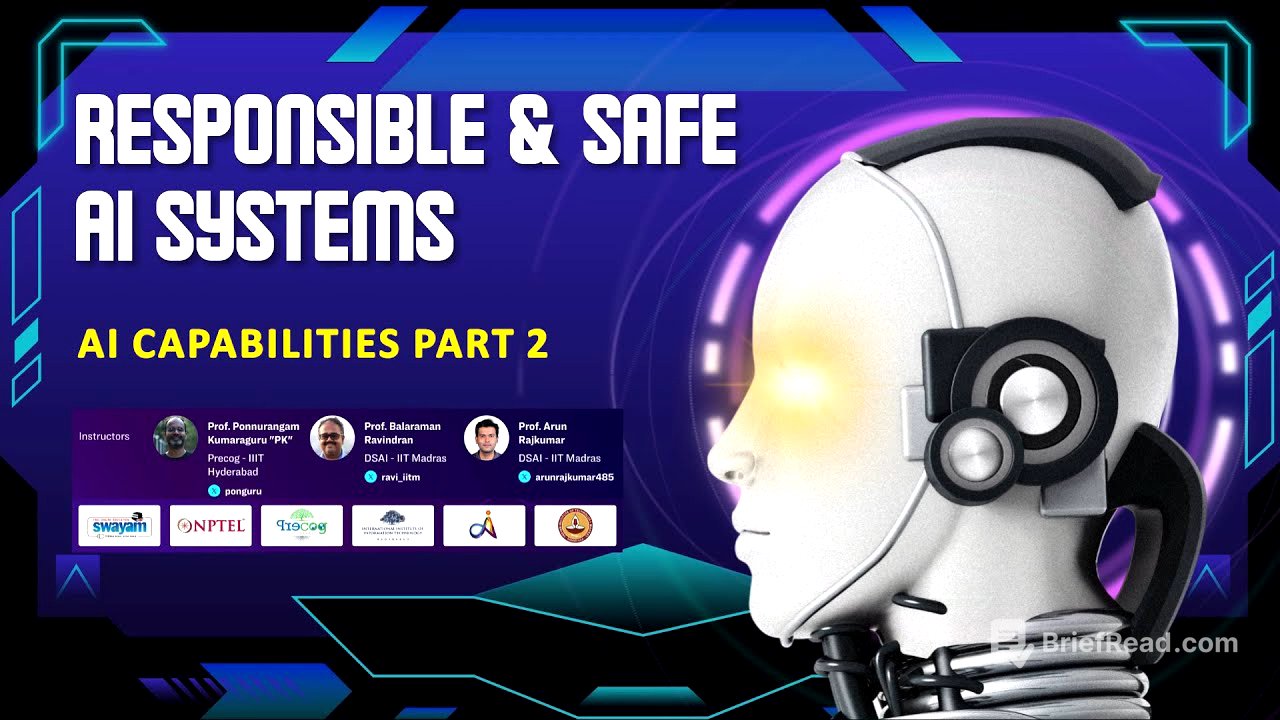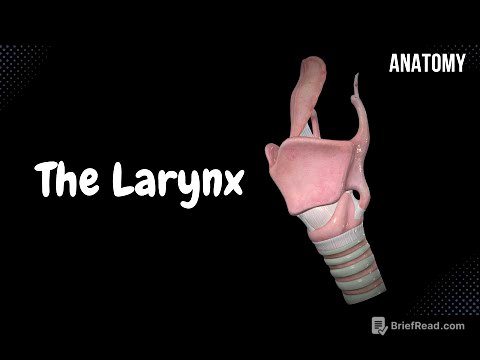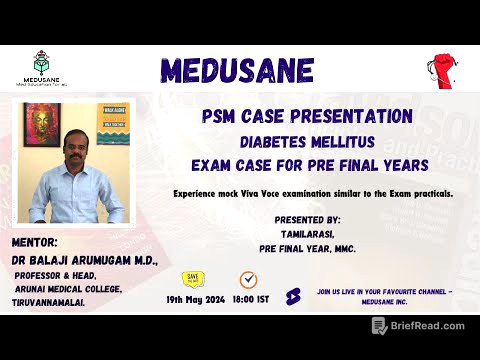TLDR;
Okay ji, so this video gives a dekko into the AI capabilities, advanced placement exams, and how AI is being used in different sectors. It talks about how AI models are getting better at strategic thinking, planning, and even discovering new algorithms. The video also touches upon the limitations of these models and the importance of human-AI collaboration.
- AI systems are now capable of performing exams at a high level.
- AI models are getting better at strategic and planning thinking.
- AI is being used in various applications like writing code, solving math problems, and discovering new algorithms.
Advanced Placement Exam Analysis [0:16]
The video starts with a discussion on advanced placement (AP) exams and how AI models are performing in them. The x-axis of the graph shows different parts of the exams, and the y-axis shows the percentage of correct answers. GPT 3.5, GPT 4 without vision, and GPT 4 are compared. GPT-4, especially with vision capabilities, scores very high in areas like GRE verbal and uniform bar exams. This shows that AI systems are now capable of doing these exams with high marks.
Strategic Thinking and Planning [3:19]
The lecture moves on to strategic thinking and planning capabilities of AI models. Earlier, these models struggled with planning and strategizing, especially in games like Monopoly. However, they are now getting better. An example is given where the AI is asked to build an app that summarizes essays using GPT-3. The AI provides a step-by-step method for building the app, showing its improved strategic thinking.
Acting on Instructions and Plans [5:44]
The video discusses how AI can act on instructions and plans. Chatbots on e-commerce websites and banks use language models to understand user needs. For example, if a user asks to find a house in Houston for a family of four with a budget of $600,000, the AI can understand the requirements and provide relevant outputs. There's also a mention of setting up an entire company using only ChatGPT, where different AI agents interact with each other to make decisions.
Limitations and Real-Time Information [8:57]
The presenter shares some personal experiences with ChatGPT, highlighting its limitations. When asked about the principal of TKM College of Engineering, ChatGPT says it doesn't have real-time information and its knowledge is only up to September 2021. Similarly, when asked about the director of IIIT Hyderabad, it provides information as of January 2022 and recommends checking the website for the most current information. This shows that these models are trained at a specific point in time and may not have the latest data.
Practical Applications of AI [12:56]
The video then talks about practical applications of AI. Many people use these services for various purposes, such as drafting emails or refactoring code. The presenter shares an example of using AI to decline an invitation, where the AI generates a formal email. Another example is refactoring code, where the AI can identify and suggest changes. However, it's also mentioned that AI may refuse to perform certain tasks if they are deemed inappropriate.
AI for Code Generation and Math Problems [18:21]
The discussion shifts to AI's ability to generate code and solve math problems. Codex, the model that powers GitHub Copilot, can convert natural language text into code. The presenter gives an example of providing text instructions for a rocket animation, which Codex then converts into code. AI models are also getting better at solving math questions and providing proofs. However, it's noted that they may still fail at very simple math problems.
Discovering New Algorithms with AI [22:23]
The video explores the possibility of using AI to discover new algorithms. AlphaTensor, a single-player game, aims to find the correct matrix multiplication algorithm. The AI updates the state of the game and eventually arrives at a solution. This approach can potentially generate new methods for solving problems.
AI in Protein Structure Prediction [24:49]
The lecture highlights the use of AI in protein structure prediction. AlphaFold, a deep learning algorithm, significantly outperforms other teams in protein folding contests. AlphaFold 2 has achieved a score close to 90%, which is considered equivalent to experimentally determined structures. AlphaFold 3 predicts the structure and interactions of all life molecules.
AI in Brain Imaging and Available Technologies [27:39]
AI is also being used to create images of the human brain, helping neuroscientists understand its intricacies. The video lists various AI technologies available, such as Bard, Llama, Bing Chat, and GitHub Copilot. Many companies are developing these models for their own services and customers.
Advancements and Real-World Examples [30:12]
The presenter summarizes the advancements in AI since 2022, noting a steep curve in development. AI is good at taking actions in complex environments, strategic thinking, and connecting to the real world. Examples include chatbots and websites for buying or renting homes.
Measuring AI Capabilities and Performance [30:59]
The video discusses how to measure AI capabilities. One way is to look at the training compute used by these models. The graph shows that the use of compute has increased significantly in the deep learning era. Another way is to compare AI performance to human performance in tasks like handwriting recognition, speech recognition, and image recognition.
Human-AI Collaboration and Activity [35:11]
The lecture concludes with a discussion on human-AI collaboration. The presenter asks the audience to imagine the optimal collaboration between AI and humans across sectors like healthcare, education, and environment management. The audience is encouraged to share their thoughts on the innovations necessary to achieve this coexistence, the challenges that could arise, and the potential risks in the best-case scenario.









